Ecosystems and habitats
Point Pelee National Park
Point Pelee National Park is the most southern point of mainland Canada, in an area called the Carolinian zone. Because of its location, the climate is warmer than in other parts of Canada, and the plants and animals that live there are similar to those found further south.
There are five main habitats in Point Pelee National Park.
Middle Island, the southernmost point in Canada, is also managed by the park. With so many habitats and so many animals, Point Pelee National Park is like no other place in Canada.
Much of the park’s interior consists of a southern Great Lakes marsh (72%). A number of forest habitat types are also present in a range of successional stages, including savannah (2%) and dryland and swamp forest (21%) as well as Beach (4%).
The beach habitat gradually changes to savannah, then woodland, before becoming a dry forest. This gradual transition from beach to dry forest is called succession, because each habitat leaves a little of itself behind as it succeeds into the next.
Lake Erie Sand Spit Savannah (LESSS)
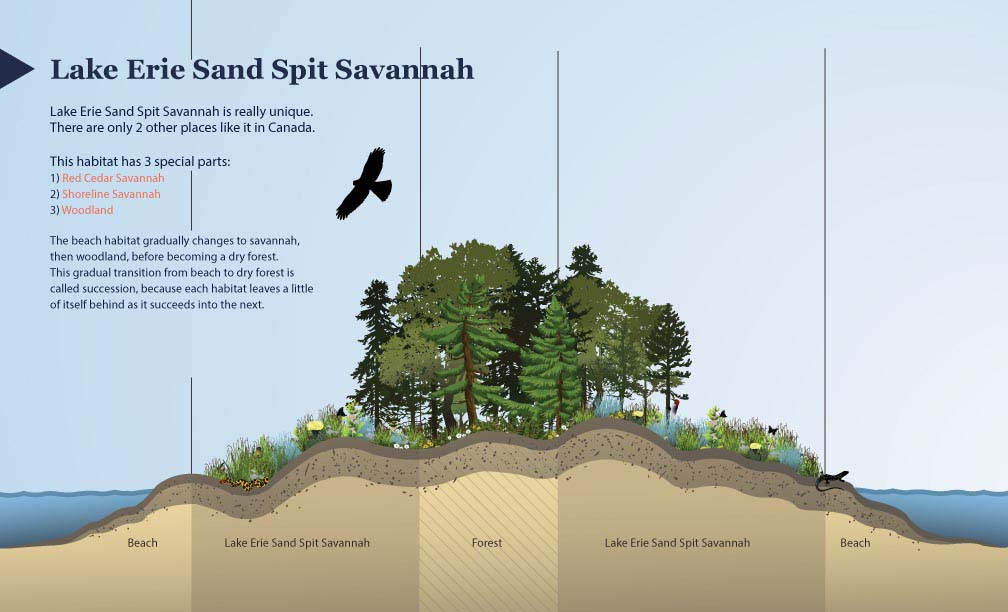
Lake Erie Sand Spit Savannah is really unique. There are only a few other places like it in Canada.
This habitat has 3 special parts:
1. Red Cedar Savannah
Savannah is:
- Open—just a few trees to provide a bit of shade
- Sandy—water drains easily and keeps savannah plant roots healthy
- Hot—savannah plants and animals love the heat
- Dry—the plants here do not need much water to survive
You wouldn’t think a lot of wildlife and vegetation could survive in this harsh and exposed habitat, but the warm sun and dry environment are exactly what savannah species need.
2. Shoreline Savannah
Similar to the Red Cedar Savannah, but found along the beach habitat of the park.
3. Woodland
Woodland is an in-between habitat. It is not as dense as a forest and has more trees than a savannah. It is a balance of open, sunny areas and shady spots.
This habitat supports a special mix of plants and animals. Many of these are species at risk, including the Red-headed Woodpecker and the Eastern Mole.
Marsh

The marsh in Point Pelee, although a remnant of a much larger marsh, is still one of the largest remaining in southern Ontario. The marsh's size and the tremendous diversity of life that it supports has contributed to it being named a RAMSAR site, which is a wetland of international significance.
At first glance, there is a sameness about Point Pelee's marsh. A sea of cattails stretches as far as the eye can see. Set into this sea is a mosaic of various-sized ponds. Beneath the water surface lives many creatures, such as zooplankton (microscopic animals) and fish.
The surface is a good place to look for frogs, turtles, muskrats, snakes, and various insects. Look closely to see dragonflies and damselflies zipping just above the water’s surface.
Swamp Forest
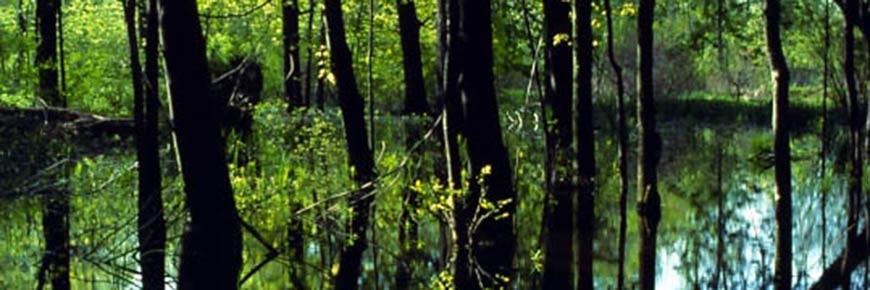
Swamps are similar to marshes in that they are wetlands, but here, the dominant plants are trees.
The swamp is situated directly south of the marsh in an area which was once a series of beach ridges. The swamp developed when water collected in the troughs between the ridges. The amount of water found in this area is controlled by the lake. When levels are high, more water percolates through the sand, flooding the troughs. As lake levels fall, so do water levels in the troughs. Growing conditions here vary depending on long-term fluctuations in lake levels.
Trees that live in wet sites develop shallow, widespread root systems which intertwine to support each other.
Species found in this habitat
- Birds: tree swallows, wrens, wood ducks, woodpeckers, great horned owls, and on occasion, the rare prothonotary warbler.
- Frogs: Spring Peepers
- Butterflies: Spicebush Swallowtail, The caterpillar of this beautiful, blue-black swallowtail feeds primarily on spicebush and so, at least in this part of Canada, it is a common sight on summer days.
- Trees: Silver Maple and Sycamore
- Understory vegetation: Blue flag iris, loosestrife, bonefest, joe-pye weed, and duck weed
Dry Forest
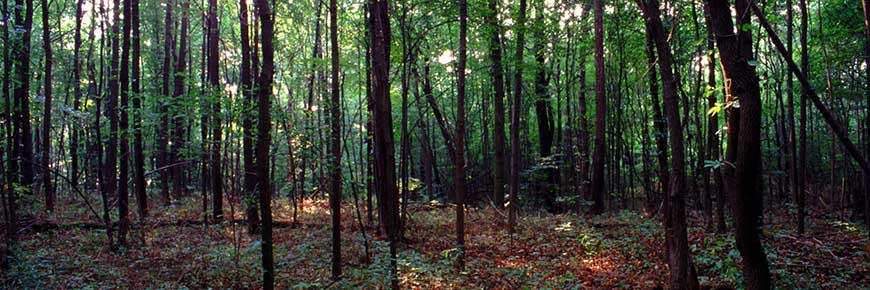
Dry Forest systems can contain both newly developing areas and mature areas. In some of the more open areas, the forests are just beginning to develop. High temperatures, poor soils, and exposure to the wind all limit growth to only those tree species that can cope with these harsh conditions.
In contrast to these newly developing areas, mature parts of the forest are like a jungle. In the summer, light can hardly penetrate the dense foliage. Vines add a jungle like feel to the forest. Wild grape, Virginia creeper, and poison ivy vines hang rope-like from the tops of some of the tallest trees in search of sunlight. Much of this forest has a distinctly southern flavour.
Species found in this habitat
- Birds: Great Crested Flycatcher, Cerulean Warbler, Red-headed Woodpecker
- Trees: Hackberry, black walnut, chinquapin oak, swamp white oak, tuliptree, red mulberry, blue ash, and sassafras.
- Wildflowers: May-apple, sweet cicely, columbine and dutchman's breeches
*In the more northerly areas of the Park, Point Pelee's southern flavour is tempered with an influx of species more typical of central Ontario's mixed-wood forest, including sugar maple, basswood, a variety of species of oak, and a few stands of mature white pine.
Beach
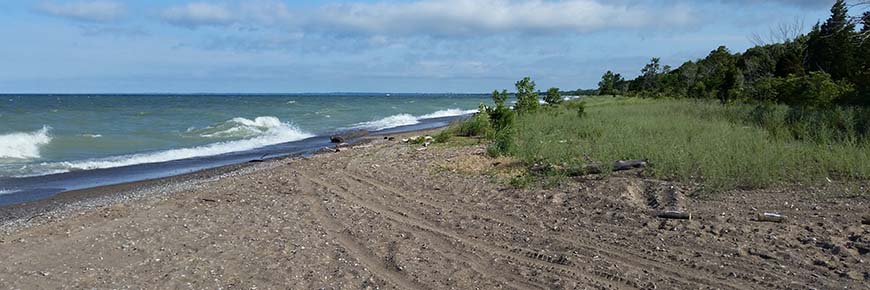
Like the border on a quilt, Point Pelee's 20-kilometre (12-mile) beach frames the other patches of landscape: the marsh, forest, and savannah. It is the harshest and most dynamic of all the habitats. In summer, the temperature of the sand may reach a scorching 46°C (115°F), while in winter it is often covered in ice and snow. During storms, waves crash over it, constantly altering its shape, width, and slope.
At first glance, the beach appears to be without life. In fact, it is home to a variety of hardy creatures. Even on the most storm-ridden people-trodden beaches, ants, grasshoppers, tiger beetles, and spiders can survive and reproduce. Shorebirds live by patrolling the pebble ridges, snacking on insects and spiders or any other invertebrates they might find.
Middle Island
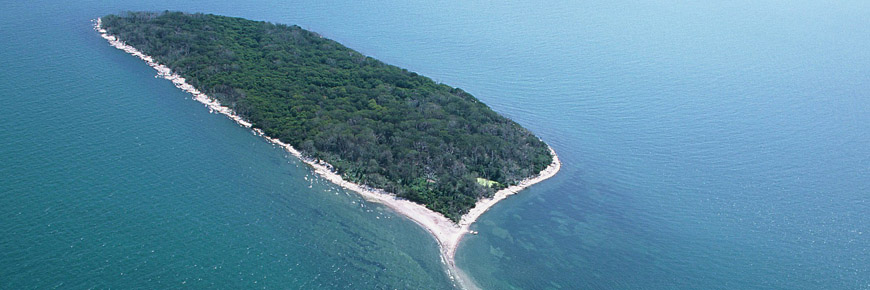
Middle Island became part of Point Pelee National Park in 2000. This 18.5 ha (48 acre) island is part of an archipelago in the western basin of Lake Erie. The island is comprised of rocky limestone shelves, exposed bedrock out-crops, gravel beaches and shallow loamy soils. The climate is even warmer than the mainland because of the moderating effect of Lake Erie. This has resulted in unique communities of plants and animals, many of which are rare in Canada, including Canada’s only populations of the Lake Erie water snake and clustered sedge. Seven vegetation communities have been identified on the island, including four variations of hackberry forest, two wetland communities and a more open thicket and field community created by previous human use. The island supports nine Species at Risk. A rich diversity of five colonial waterbird species currently nest on the island, including double-crested cormorants, ring-billed gulls, great blue herons, great egrets, and black-crown night herons.
At risk species found in this habitat:
- Trees: Red Mulberry, Blue Ash, Common Hop Tree, Kentucky Coffee Tree
- Reptiles: Eastern Fox Snake, Lake Erie Water Snake
- Plants: Wild Hyacinth, American Water-Willow
- Insects: Monarch
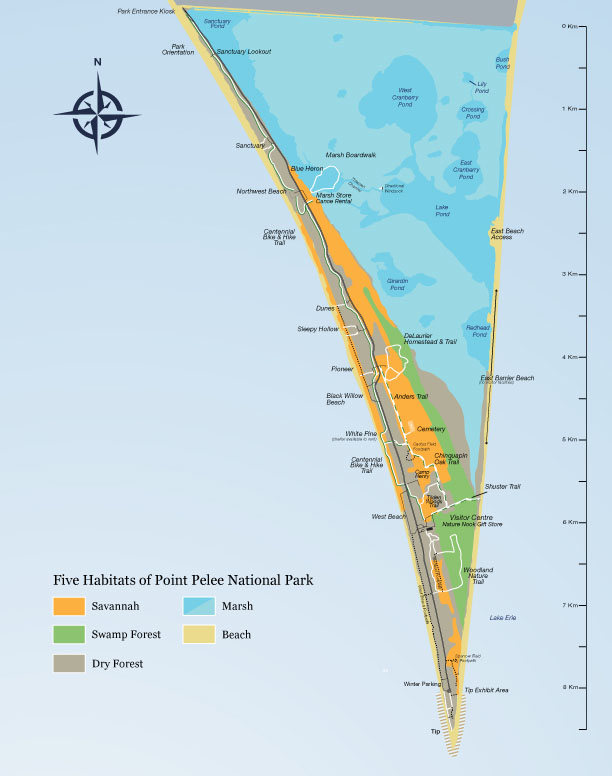
Related links
- Date modified :